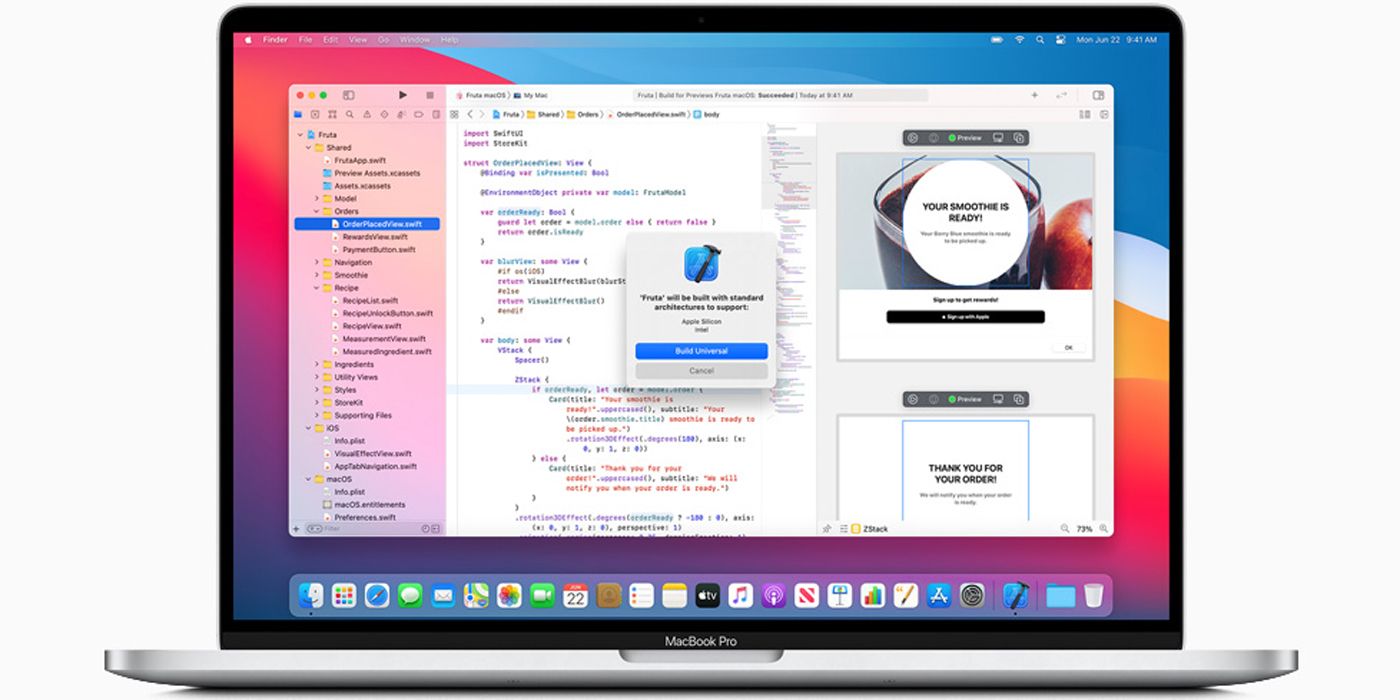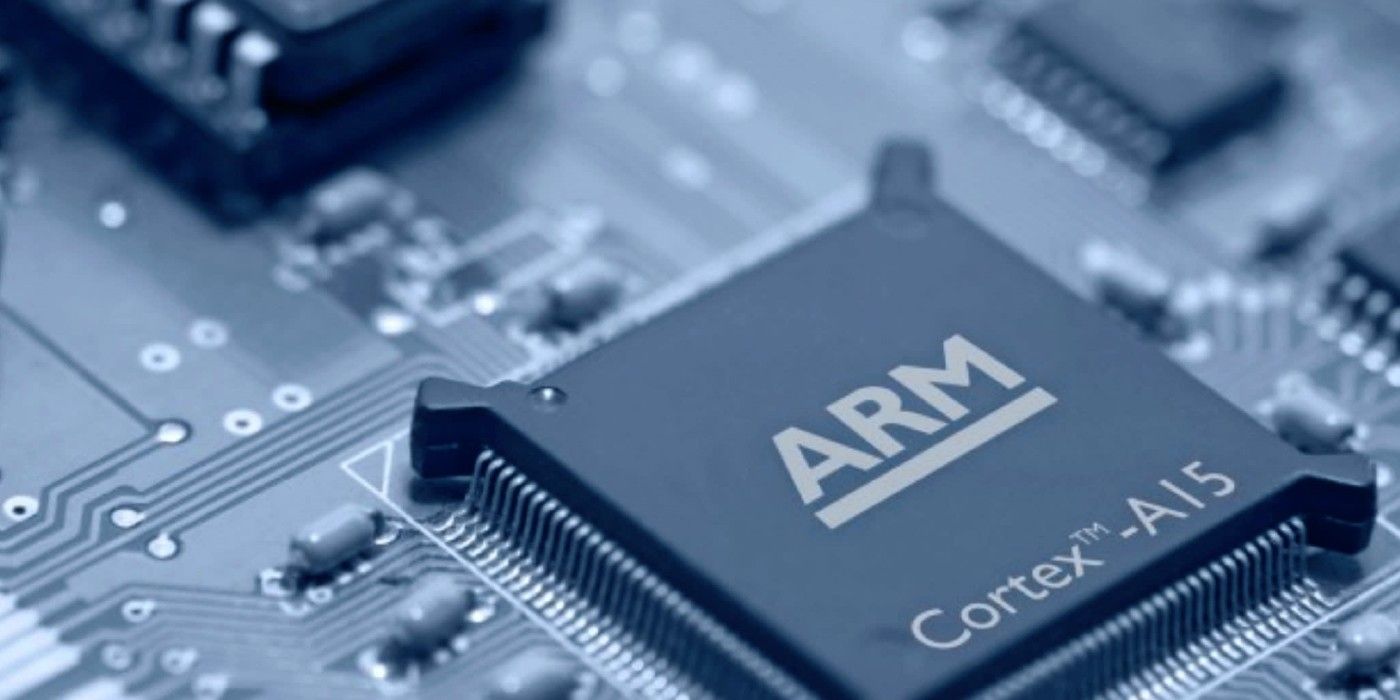A former Intel staff member gave his explanation for why Apple is switching to Apple silicon for its Mac chips, basically blaming the decision on problems with Intel's Skylake architecture.
To close out Monday's WWDC 2020 keynote address, Apple announced Apple silicon, the name for the company's new, ARM-based chip that will power Mac computers and Macbooks. This was a long-rumored shift, not just because it leads to significant changes, but also because it's surprising. ARM chips are powerful and efficient in ways that make them great for mobile devices, but they're rarely used to power a full computer. In the presentation, Apple demonstrated upcoming improvements of the next version of macOS, Big Sur, and later announced that the entire, impressive demonstration was on a computer running the same chip as the 2020 iPad. Apple had immediately proven the new chips would be powerful enough to do their jobs.
However, it appears Apple's decision to change wasn't entirely due to the opportunity to create consistency across the entire product line. In a live stream this week, reported on by PC Gamer, an ex-Intel engineer said he believes Apple was compelled to drop Intel due to problems with the Skylake architecture. Based on the words of Francois Piednoel, QA for the system went exceedingly poorly for multiple manufacturers, and Apple filed more complaints than any other contractor. Piednoel added that Apple found so many issues, it was practically testing the architecture for Intel.
Poor QA May Have Been the Last Straw
It's almost certainly true that Skylake's QA problems played a major role in Apple's choice to leave Intel behind altogether. Most companies would be turned off by QA nightmares on the level described by this ex-staffer. However, this is almost certainly not the only reason. A change like this doesn't happen quickly, so it's more probable the company was already leaning toward Apple Silicon and later felt more validated in that choice after its experiences with Skylake.
Cost reduction likely played a role. We'll likely never know how much it costs Apple to make chips for the iPadOS and iOS devices, but it's almost certainly less expensive than using third-party components by now. The other benefits to this processor change were probably too enticing to ignore, as well. The uniformity this change to Apple Silicon creates gives the company a unique advantage Google and Microsoft can never claim to have: apps that work from phones all the way up to desktops. From the consumer end, that accessibility is synonymous with Apple products and exemplifies why the company has such die-hard fans. From the developer perspective, knowing the user base and use cases for apps will now equal the entirety of Apple's current product line has to be a great concept.
Source: PC Gamer


